Golf is a game of precision, strategy, and skill. For the average player, understanding what pro golfers shoot can be a source of inspiration and a benchmark for improvement. In this article, we’ll explore professional golfers’ scoring averages, what influences their scores, and how you can apply these insights to your game.
Understanding Pro Golfer Scores
Professional golfers, like those on the PGA Tour, are renowned for their incredible talent and dedication to the sport. But what do they typically shoot on a standard 18-hole golf course? The answer may surprise you!
- On average, pro golfers shoot around 70 strokes per round. This means their scores often fall within 68 to 72 for a par-72 course.
- The best golfers can even shoot in the 60s frequently, particularly during tournaments where every stroke counts.
Factors Influencing Scores
Many elements influence a pro golfer’s scores, including:
- Course Difficulty: Different courses have varying levels of difficulty, affecting the scoring averages.
- Weather Conditions: Wind, rain, and temperature can all impact a player’s performance.
- Equipment: Pro golfers often use the latest technology and equipment tailored to their swing and style.
 Professional golfer taking a shot on the golf course
Professional golfer taking a shot on the golf course
What is Considered a Good Score?
In professional golf, scores are broken down into categories, helping to illuminate what constitutes a good score:
| Category | Score Range (Relative to Par) |
|---|---|
| Excellent | -5 or better |
| Very Good | -3 to -4 |
| Good | -1 to -2 |
| Average | Par (0) |
| Below Average | +1 to +2 |
| Poor | +3 and above |
While these categories serve as a general guideline, remember that the complexity of the course plays a significant role in interpreting these scores. Some courses are designed to challenge even the best players.
Analyzing Scoring Averages
Pro golfers often participate in multiple tournaments each year, which allows us to analyze their performance over time. For example:
- The PGA Tour average score is approximately 70.4 to 70.7 over a season.
- Each player’s scoring can vary greatly based on personal strengths and weaknesses.
Example: Best Players’ Average Scores
- Tiger Woods: Typically shoots around 68-72 in his prime.
- Rory McIlroy: Regularly found in the low 60s during peak performance.
- Phil Mickelson: Consistently by par or under par.
 Leaderboard at a professional golf tournament
Leaderboard at a professional golf tournament
Lessons for Amateur Golfers
Understanding what pro golfers shoot can be immensely beneficial for amateur players. Here are some takeaways for you to consider:
- Set Realistic Goals: If you currently average 90 strokes, strive for 85 before aiming for 80.
- Study Course Management: Learning how to navigate a course like a pro can improve your score significantly.
- Focus on Short Game: Many pros will emphasize that putting and chipping contribute to lowering scores.
How to Practice Skill Sets
Breaking down the practice into multiple skill sets can enhance your performance across the board:
- Driving: Work on achieving consistent yardage and accuracy off the tee.
- Approach Shots: Aim for better accuracy with your irons toward greens.
- Putting: Devote time to reading greens and improving your stroke.
Suggested Drills
| Focus Area | Drill Example | Goal |
|---|---|---|
| Driving | Target a 30-yard wide fairway | Increase accuracy off the tee |
| Approach Shots | 10 shots at various distances | Improve iron distances |
| Putting | 5-foot putt challenges | Develop confidence on short putts |
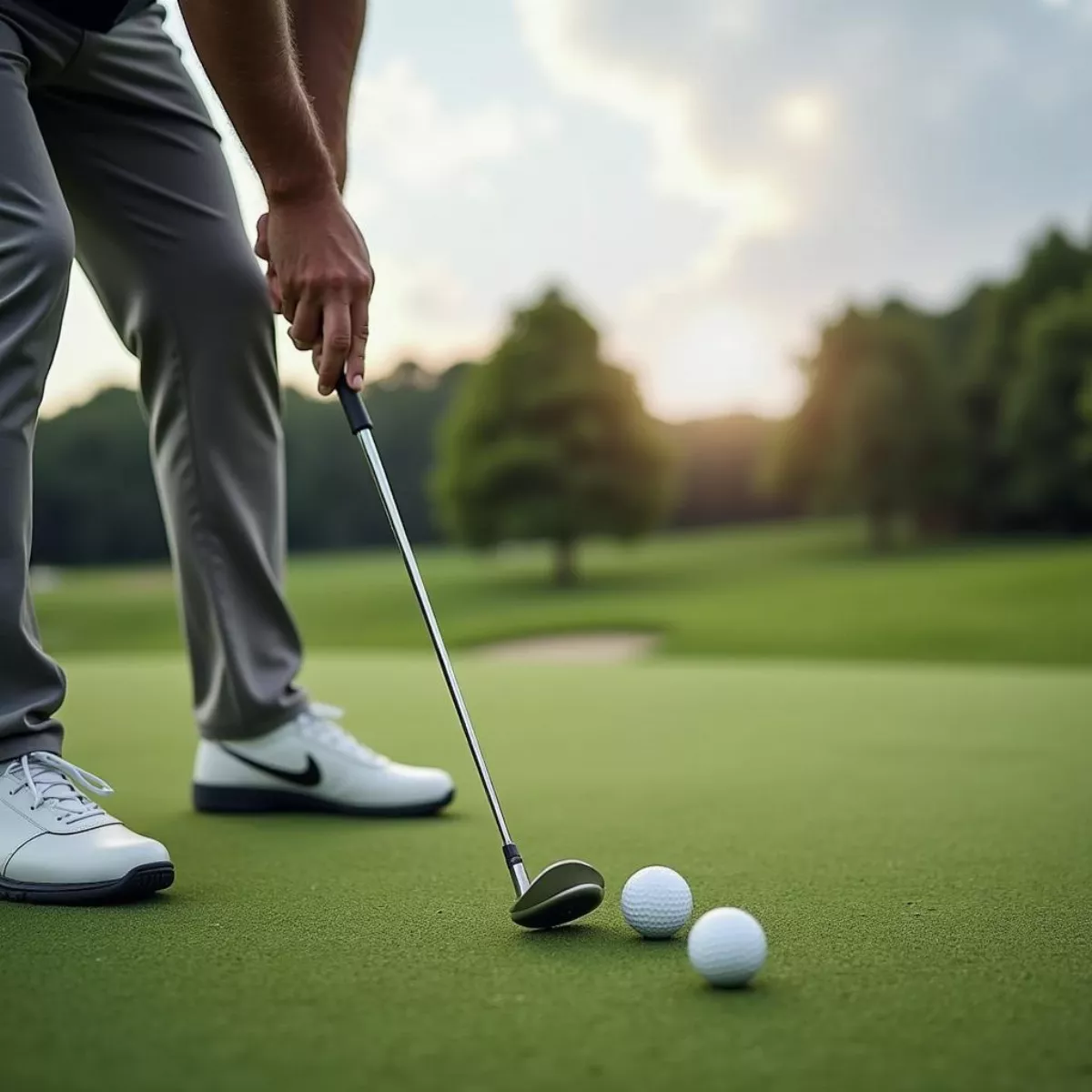 Golfer practicing putting on the green
Golfer practicing putting on the green
Key Takeaways
- Pro golfers usually shoot around 70 strokes per round, influenced by course difficulty and weather.
- Understanding average scores can help you set realistic goals in your game.
- Focus on critical areas like driving, putting, and approach shots for improvement.
FAQ
1. What is a good score for an amateur golfer?
For amateur golfers, a score around 90 is common. Striving for 80-85 is a realistic goal.
2. How often do pro golfers shoot in the 60s?
Top pros often shoot in the 60s during competitive rounds, especially in favorable conditions.
3. Does course difficulty affect pro golfers’ scores?
Yes! A more challenging course leads to higher scores, while an easier course can result in lower scores.
4. How can I lower my score like a pro?
Focus on sharpening your short game, improving putting accuracy, and managing course hazards effectively.
5. What is the average scoring gap between pros and amateurs?
The average scoring gap is often around 20-30 strokes, depending on skill levels.
6. How do weather conditions impact pro golfers’ scores?
Weather can greatly influence performance; high winds or rain can complicate shots, increasing scores.
7. How important is equipment in professional golf?
Equipment plays a significant role; pros use customized clubs and balls tailored to their game.
8. What are the scoring formats in professional tournaments?
Formats include stroke play, match play, and stableford systems, which each impact scoring strategies.
9. Can amateur golfers learn from pro strategies?
Absolutely! Studying professionals can help amateurs enhance their technique and course strategy.
10. What is the typical par for a professional golf course?
Most professional courses are par-72, though courses can vary from par-70 to par-75.
Conclusion
As you delve into the world of golf, understanding what pro golfers shoot can serve as both a benchmark and inspiration for improvement. By focusing on your scoring strategies and practicing effectively, you can elevate your game and perhaps one day shoot those coveted low scores. Remember to enjoy the journey—it’s all part of the love for the game!
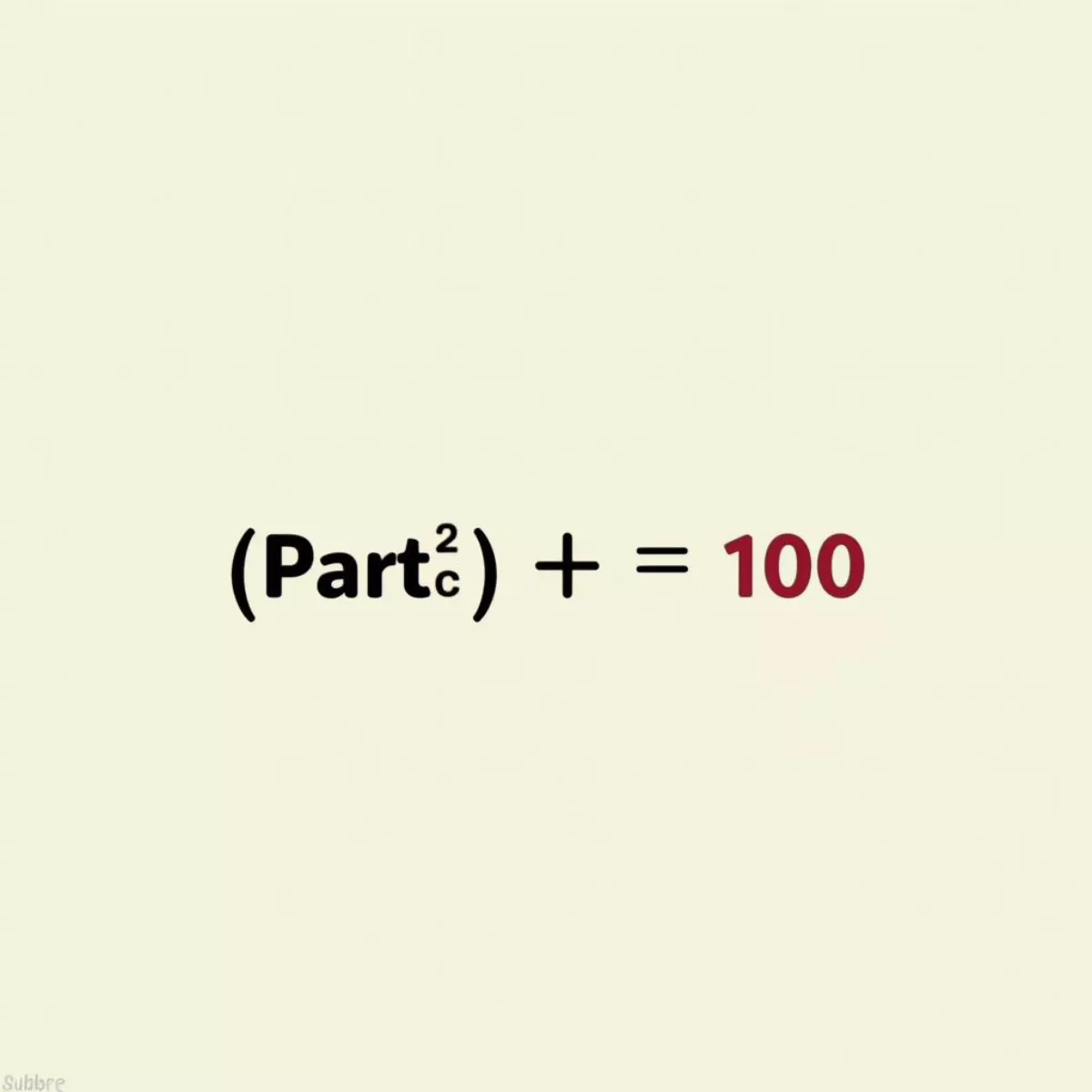
 Practical Uses of Percentages
Practical Uses of Percentages Percentage Calculator Apps
Percentage Calculator Apps
 Catching Up on Sorry Papi
Catching Up on Sorry Papi Fans Discussing Sorry Papi Online
Fans Discussing Sorry Papi Online
 Golfers Enjoying Bella Vista Course
Golfers Enjoying Bella Vista Course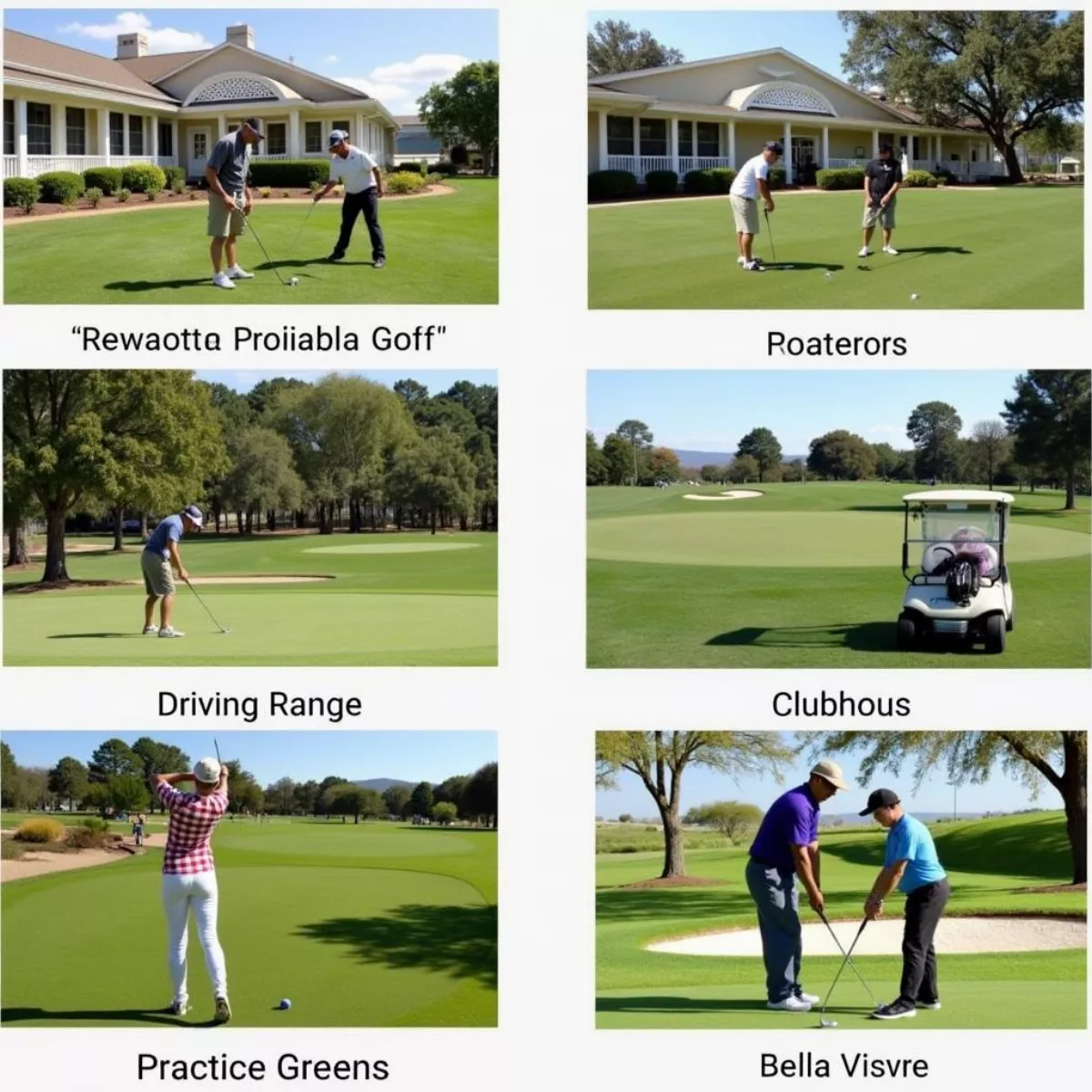 Bella Vista Golf Course Amenities
Bella Vista Golf Course Amenities
 Cross-Section of P790 Phantom Black Iron Technology
Cross-Section of P790 Phantom Black Iron Technology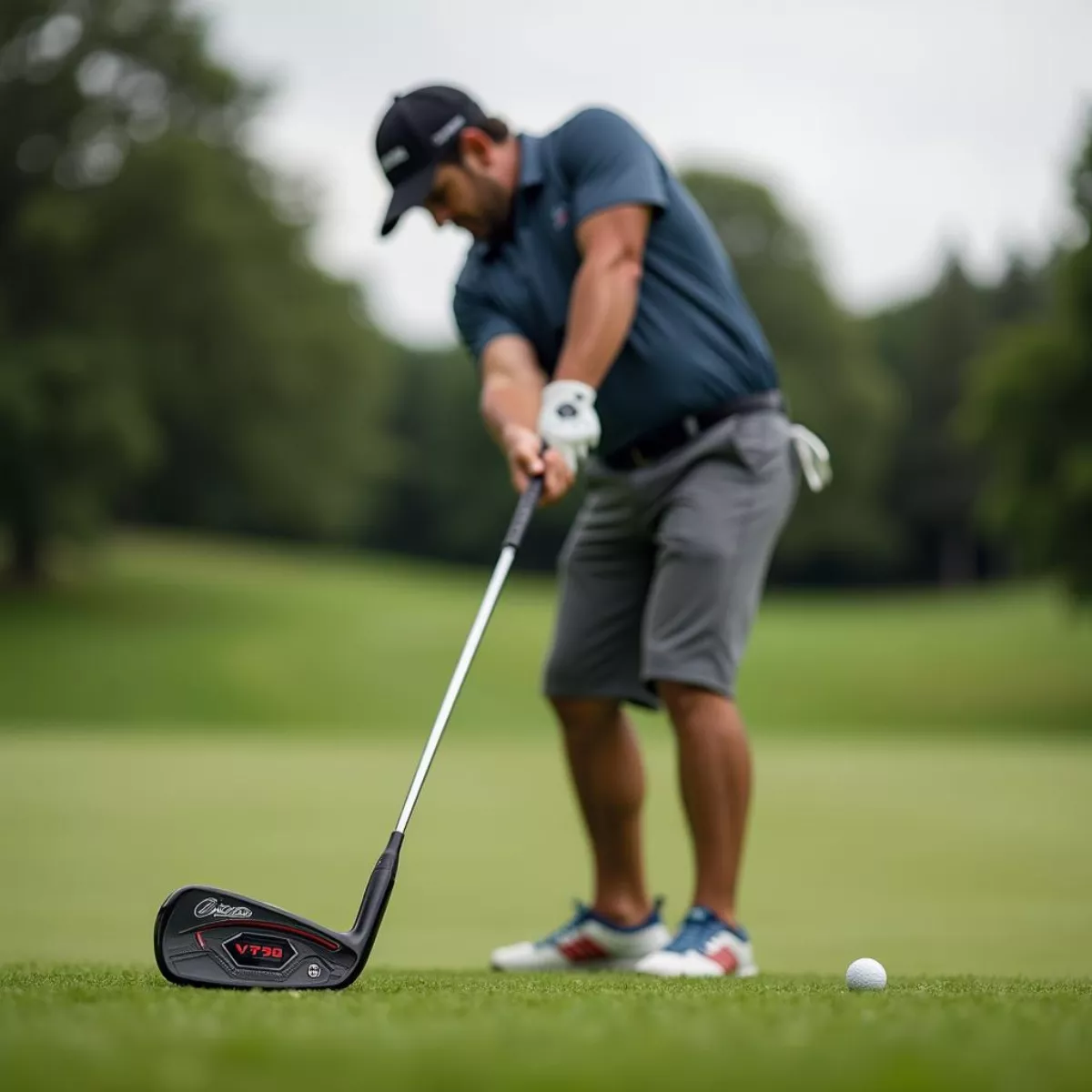 Golfer Taking a Shot with P790 Iron
Golfer Taking a Shot with P790 Iron
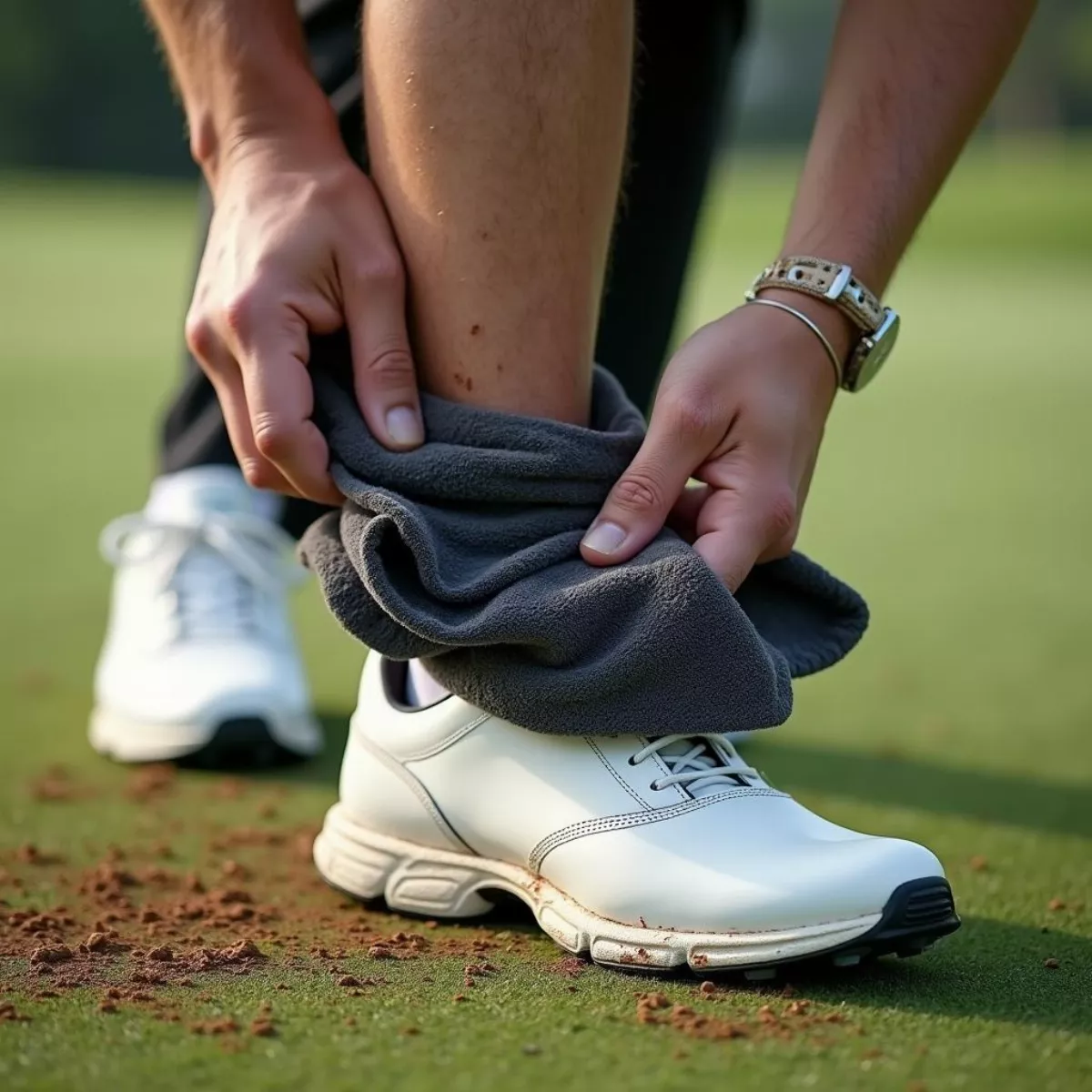 Cleaning muddy golf shoes
Cleaning muddy golf shoes Golf towel hanging on golf bag
Golf towel hanging on golf bag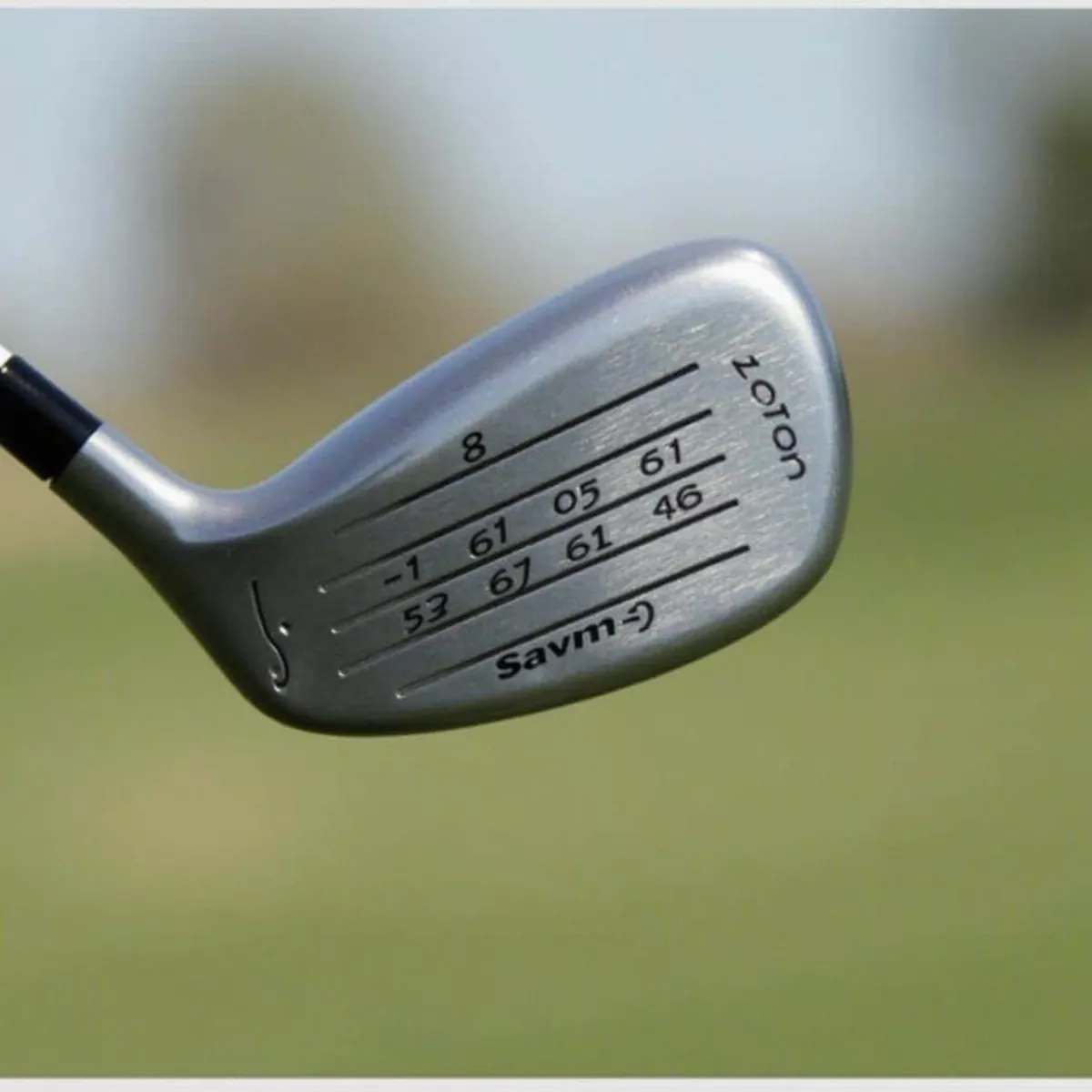
 Golfer Using 9 Wood
Golfer Using 9 Wood 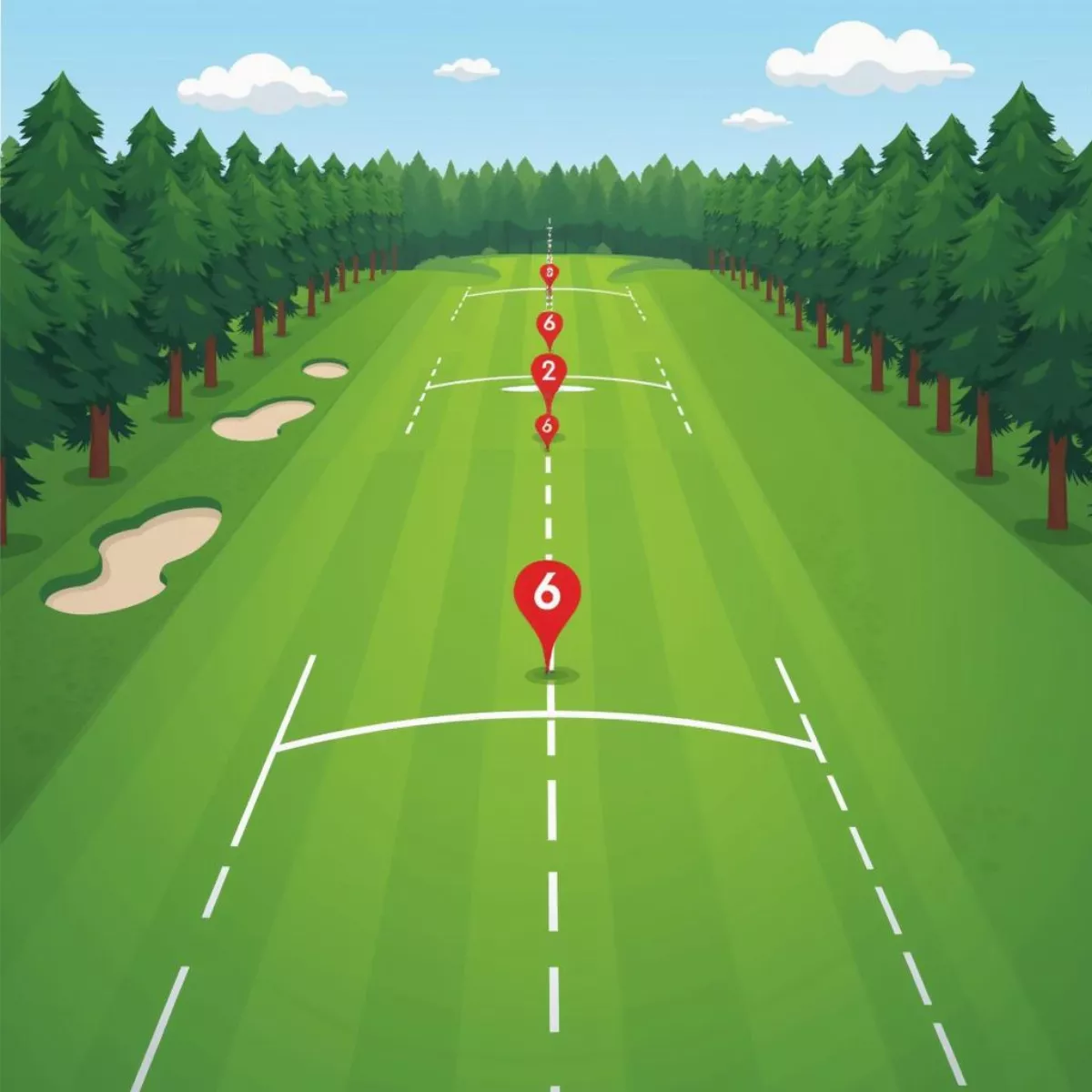 Golf Course Distance Markers
Golf Course Distance Markers
 Golf Course Yardage Markers
Golf Course Yardage Markers Senior Golfer Lining Up Putt
Senior Golfer Lining Up Putt
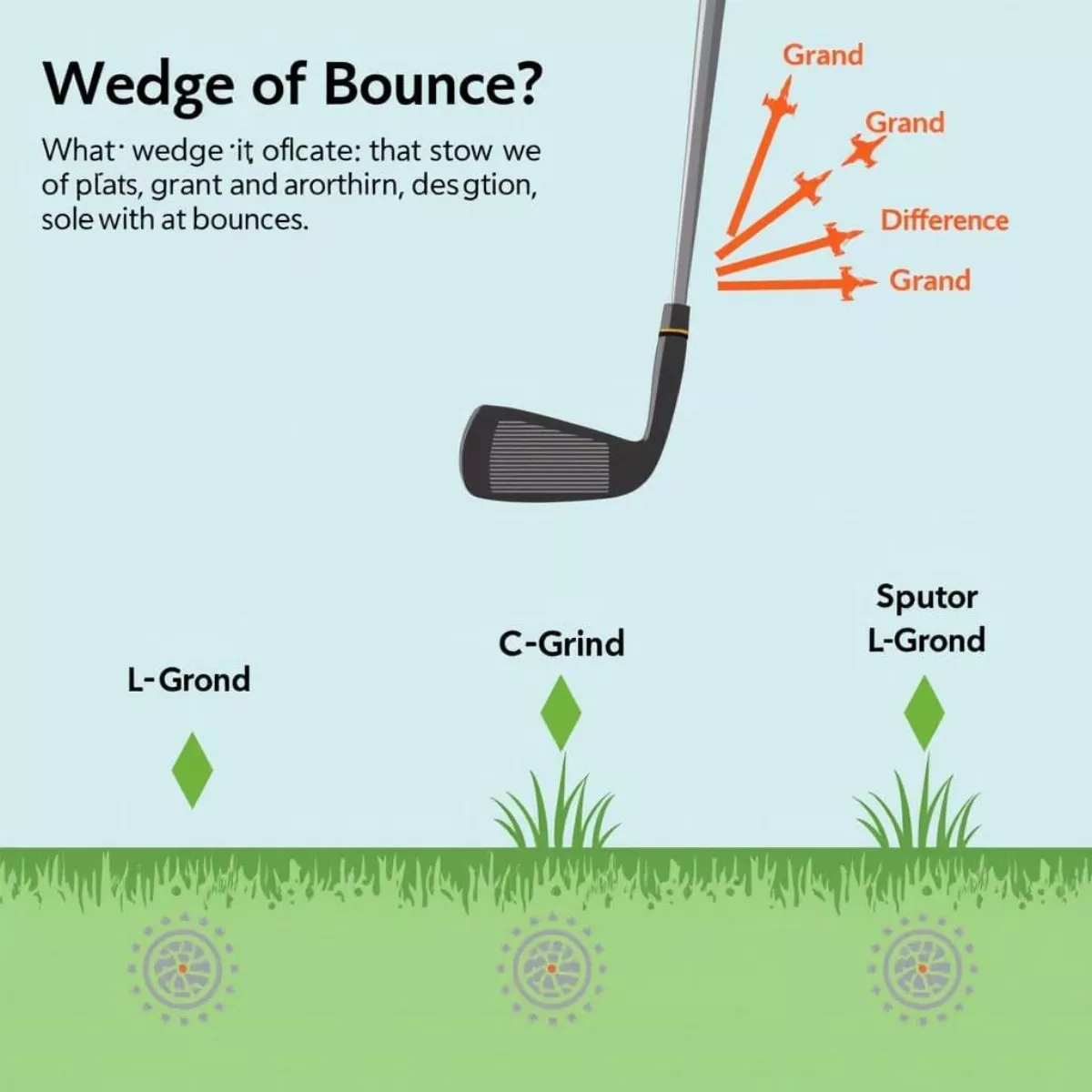 Golf Wedge Bounce and Grind
Golf Wedge Bounce and Grind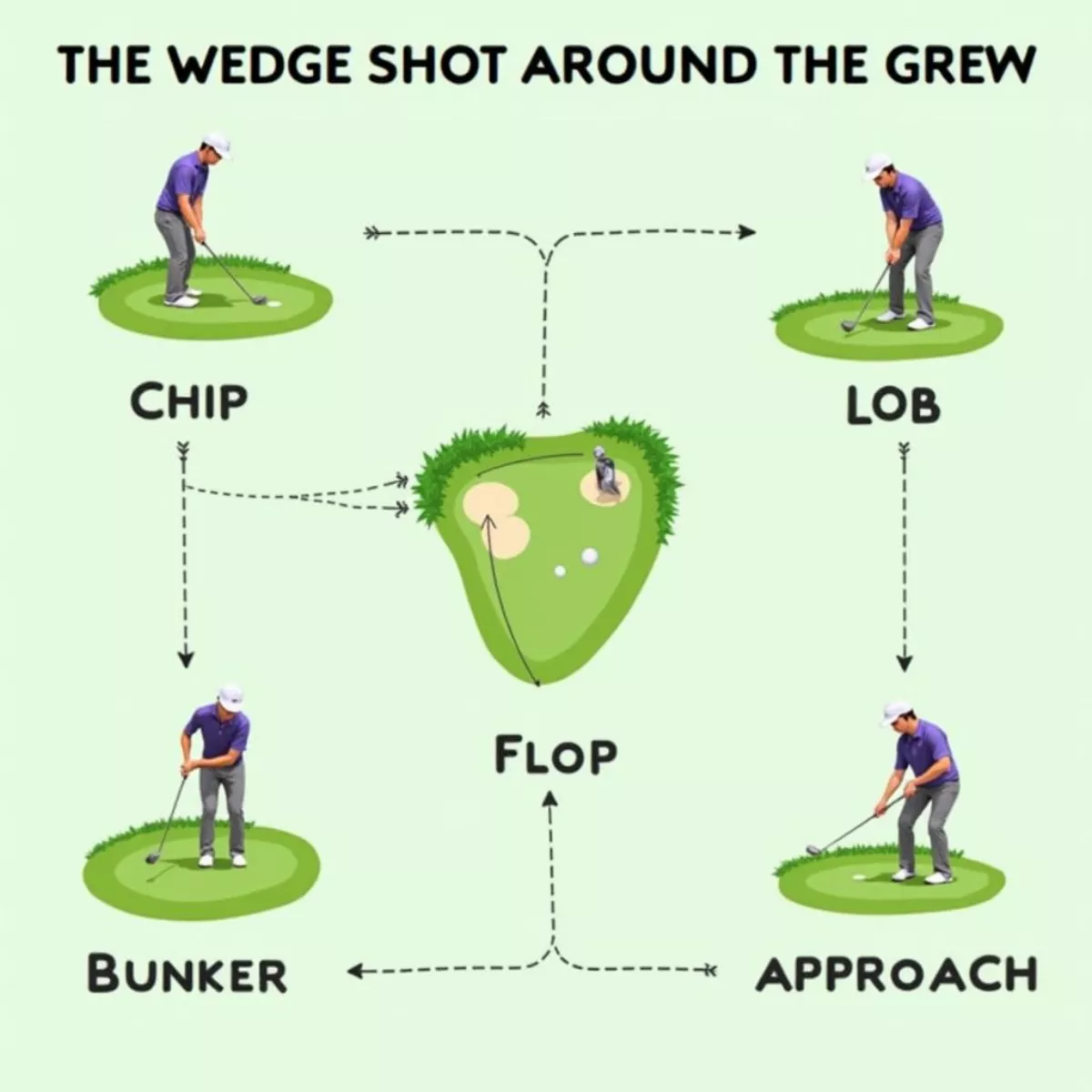 Common Golf Wedge Shots Around the Green
Common Golf Wedge Shots Around the Green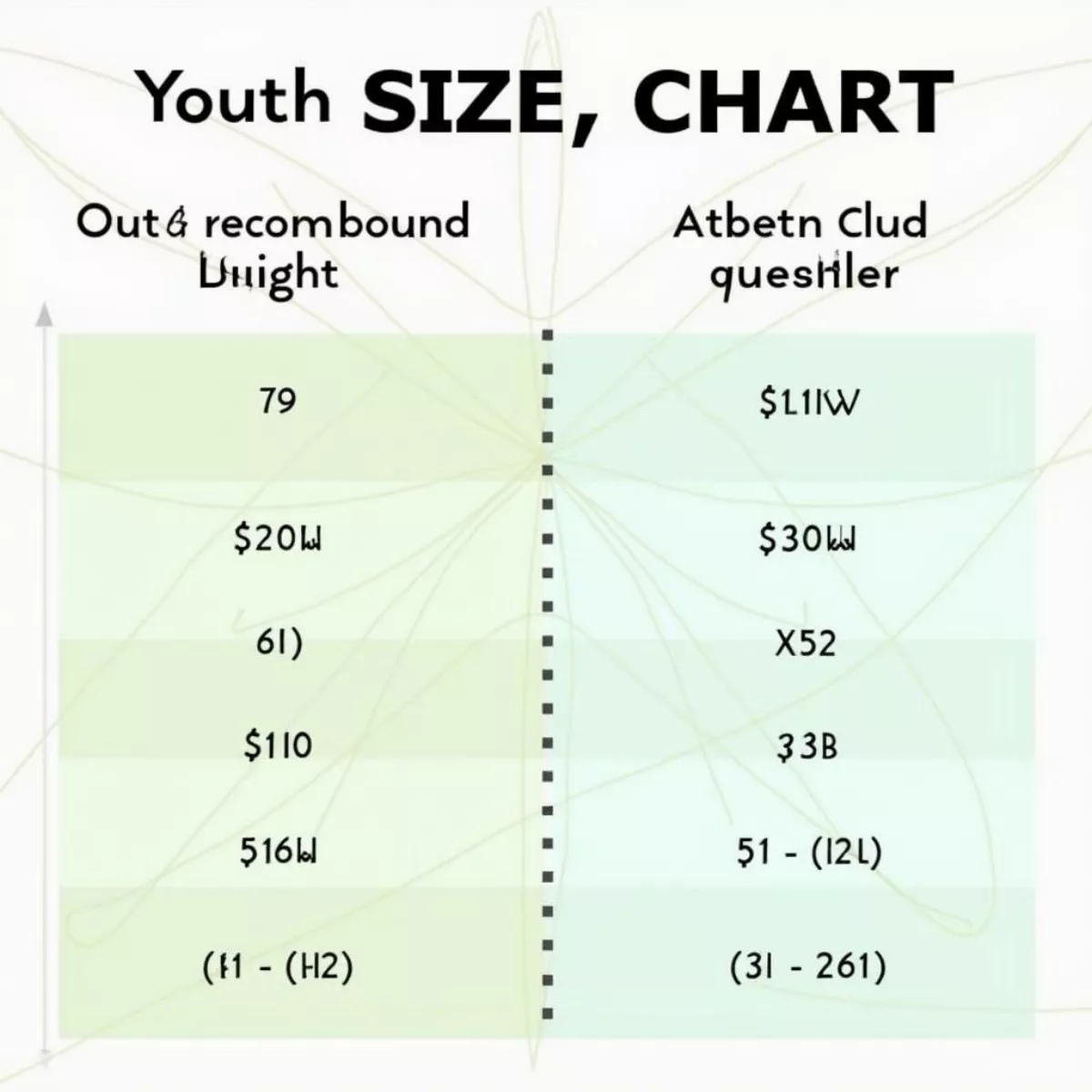
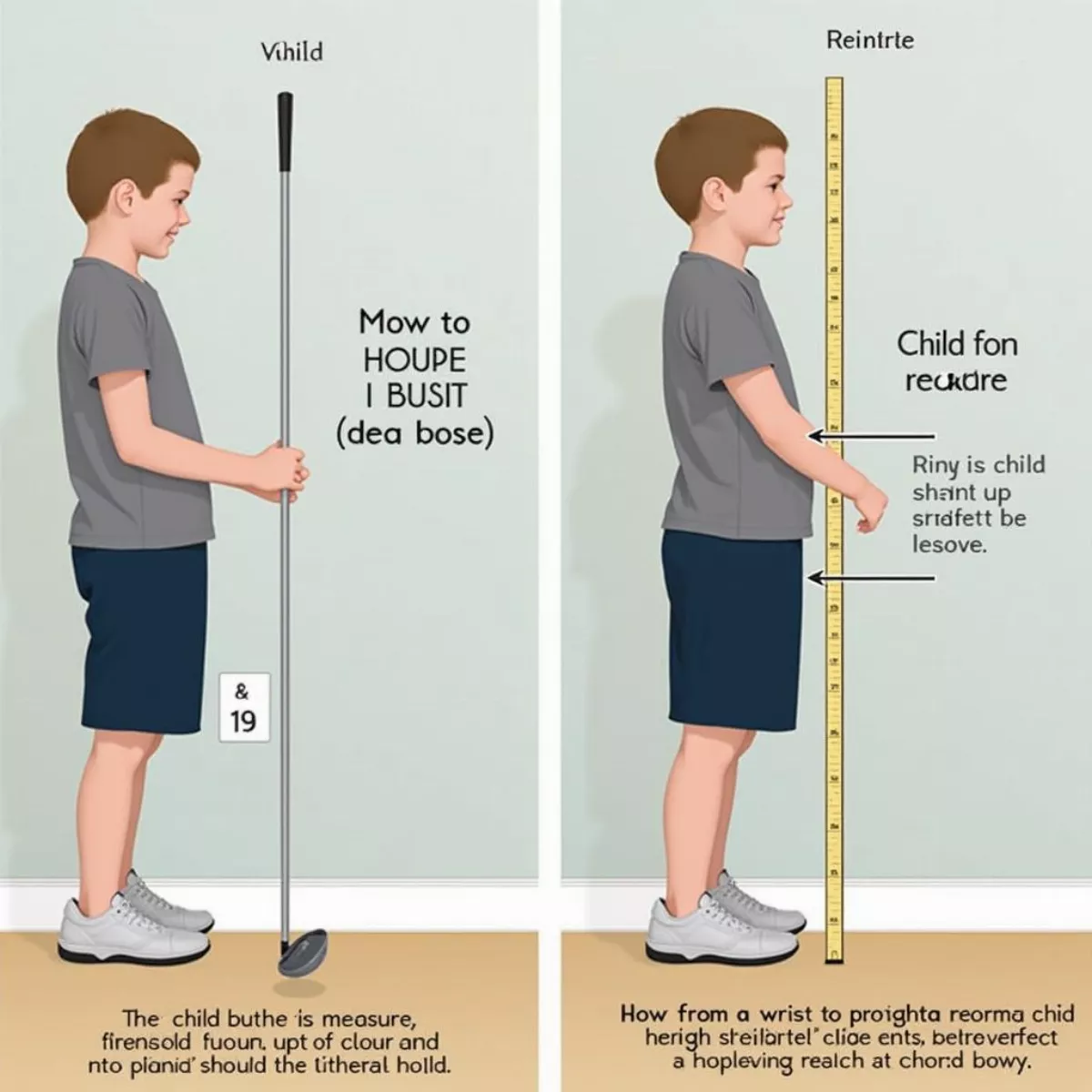 Measuring a Child for Golf Clubs
Measuring a Child for Golf Clubs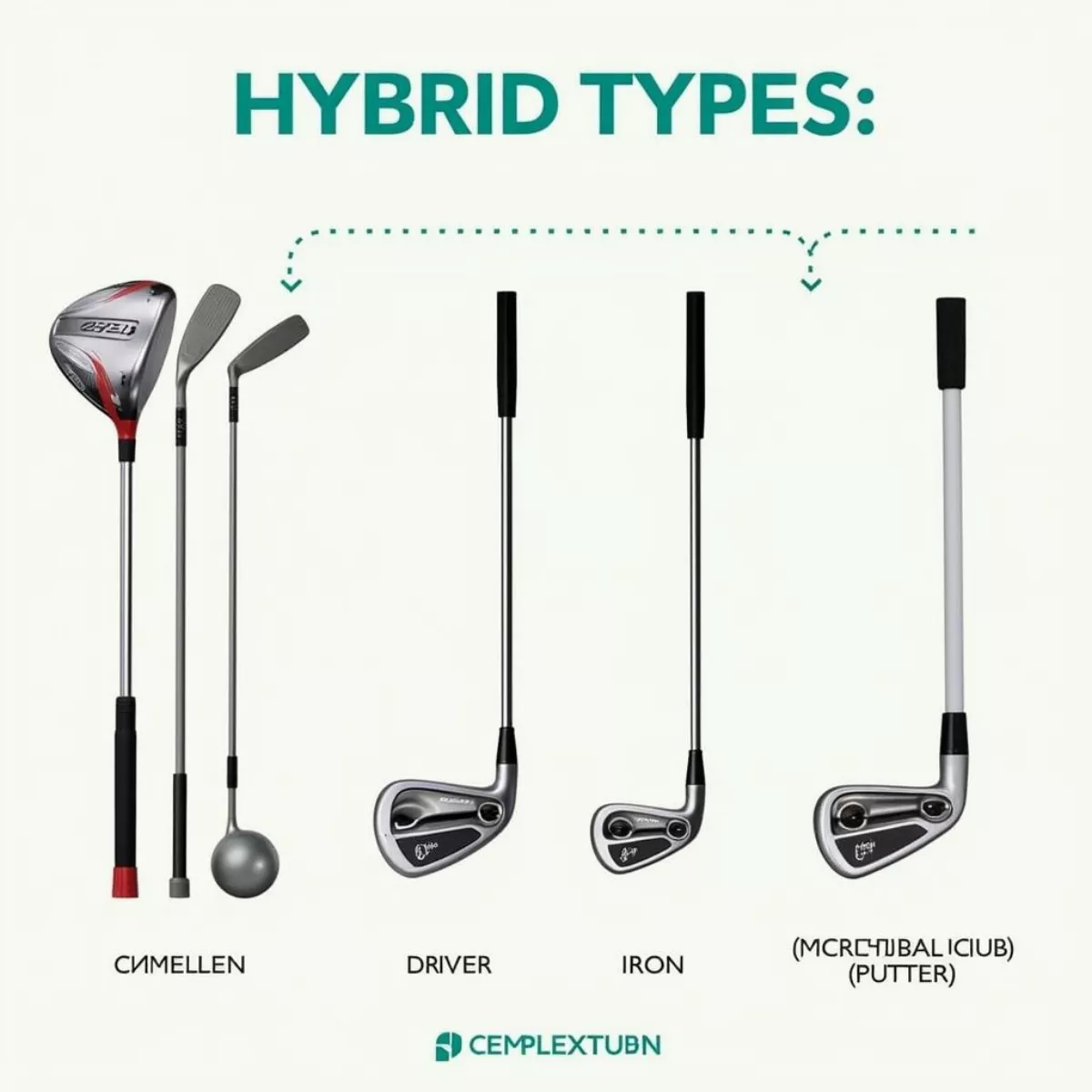 Types of Youth Golf Clubs
Types of Youth Golf Clubs